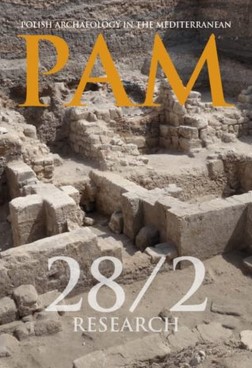Central Asian köshks from the Islamic period before the Mongol conquest: fortified, semi-fortified or unfortified?
Central Asian köshks from the Islamic period before the Mongol conquest: fortified, semi-fortified or unfortified?
Author(s): Piotr PiekarzSubject(s): Archaeology, Cultural history, Architecture, Regional Geography, Military history, Islam studies, 6th to 12th Centuries, 13th to 14th Centuries, History of Art
Published by: Wydawnictwa Uniwersytetu Warszawskiego
Keywords: Central Asia; Middle Ages; köshks; residences; fortifications; war technique;
Summary/Abstract: In their external appearance, the Islamic-period köshks in Central Asia, especially the characteristic buildings with corrugated outer walls, dated broadly speaking from the 7th–8th century AD to the times of the Mongol conquest at the beginning of the 13th century, are apparently fortified. However, they lack a number of features characteristic of defensive buildings. Their interpretation as residential structures in this period is indisputed, hence their apparent defensiveness has been attributed to a line of evolution from pre-Islamic architecture of this type, which played a military role. A review of various defensive elements present in these structures, compared with buildings from an earlier period, highlights this process. An apparent exception is the Great Kyz Kala at Merv, Turkmenistan, which may have not lost its defensive capacity immediately, as recent research by the UCL Institute of Archaeology Ancient Merv Project has demonstrated.
Journal: Polish Archaeology in the Mediterranean
- Issue Year: 2/2019
- Issue No: XXVIII
- Page Range: 493-508
- Page Count: 16
- Language: English

